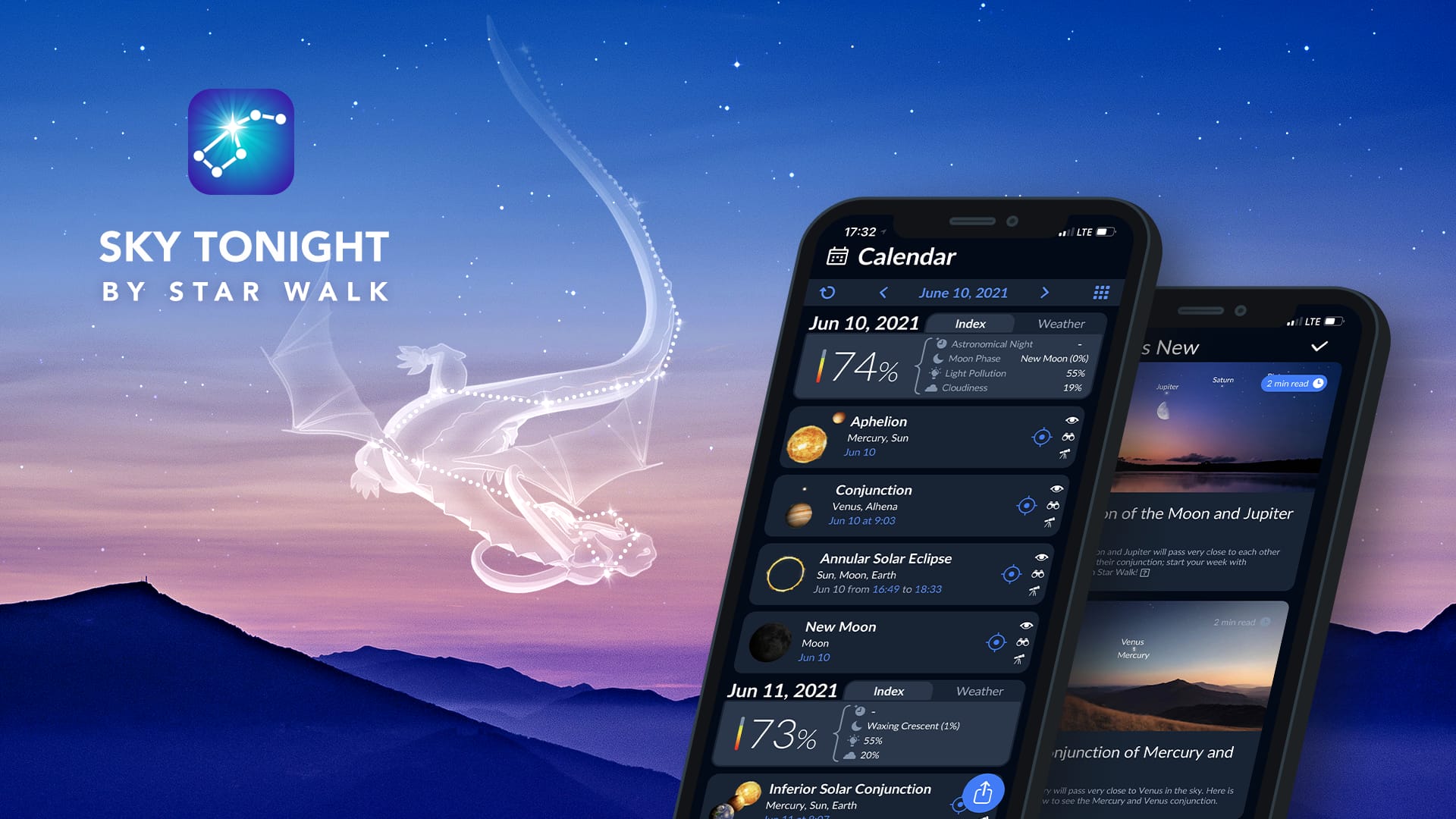E-commerce giant Amazon gives sellers unparalleled access to a vast and diverse customer base. This opportunity centers on Amazon Advertising, which boosts product visibility and sales. This platform targets potential buyers by strategically positioning products to maximize visibility and profitability.
In Amazon Advertising’s competitive environment, key metrics can make or break success. Advertising Cost of Sale is a key metric. ACoS is crucial to Amazon’s advertising campaign performance. Ad spending to targeted sales is expressed as a percentage. This metric helps sellers assess their campaigns’ financial health by measuring their advertising ROI.
Understanding ACoS and cross-selling becomes crucial as we explore Amazon Advertising. Moving beyond traditional metrics and adopting a holistic advertising strategy is key. This optimizes ACoS and helps build a profitable presence on one of the world’s largest online marketplaces.
What is Cross Selling
Cross selling promotes additional purchases with the primary purchase. To improve customers’ shopping experience, offer related, valuable products. Retailers may offer a phone case and screen protector with a new smartphone or a matching belt and shoes with a suit.
What is ACOS
Amazon Advertising uses ACOS to evaluate advertising campaigns. It is calculated using Acos formula:
ACoS = ( Total Ad Spend / Total Sales from Ads ) × 100
Here’s a breakdown of the formula:
Total Ad Spend: The total amount you spend on an advertising campaign over a period.
Total Ad Sales: This is the revenue from ad clicks.
ACoS: Advertising spend in percentage of sales.
The ACoS for $200 advertising and $1000 sales is 20%: ACoS = (200 / 1000) × 100.
You spent 20 cents on advertising per dollar sold. Smaller ACoS means cheaper advertising campaigns that spend less of sales revenue on advertising. However, a higher ACoS means more sales revenue goes to advertising.
Why Amazon Cross-Selling Matters
Cross-selling is important in e-commerce, especially Amazon, for several reasons:
- Increased Average Order Value: Sellers can increase each sale’s total value by putting cross-selling tactics into practice with effectiveness. Revenue, marketing, and advertising ROI rise.
- Greater Customer Experience: Cross-selling saves customers time and effort by finding complementary products.
- Product visibility: Amazon products must be visible. Product awareness and sales can increase with cross-selling.
- Competitive Advantage: Cross-selling helps sellers build customer loyalty and repeat business on Amazon’s competitive marketplace.
Amazon ACoS advertising cross-selling strategies
- Amazon’s automated recommendations: Use ‘Frequently Bought Together’ and ‘Customers Who Bought This Item Also Bought.’ Automated customer behavior recommendations can boost cross-sales by suggesting complementary products.
- Create Product Bundles: Bundle related products together. This increases average order value and customer convenience. Try a camera, tripod, and memory card bundle. Promote these bundles to the right customers.
- Optimize Product Listings for Cross-Selling: Mention complementary products in product descriptions. Show how these products work together with high-quality images and content to improve customer experience.
- Strategy: Place complementary product ads on your main product pages. This boosts visibility and encourages customers to buy more than planned.
- Implement Targeted Email Marketing Campaigns: Email customers after purchases to suggest related products. This approach should be personalized based on their purchase history and browsing behavior.
- Seasonal and Event-Based Cross-Selling: Align your cross-selling efforts with seasonal events, holidays, or relevant global events. For example, suggest gift wrapping or complementary products as gift ideas during the holiday season.
- Use Data and Analytics for Insight-Driven Cross-Selling: Compare customer data and shopping patterns to find popular combinations. These insights can guide cross-selling and advertising.
- Offer Exclusive Complementary Product Deals: Offer discounts or exclusive deals when customers buy additional items with the main product to encourage sales.
- Engage in Customer Feedback and Reviews: Learn what additional products customers like from feedback. Show customer reviews of successful product combinations.
- Educational Content and How-To Guides: Teach customers how to use your product and suggest complementary products. A guide to using a new coffee maker can suggest your brand’s coffee blends or grinders.
- Collaboration with complementary brands: Partner with complementary brands to cross-promote. This can attract new customers to your products.
- Adjust Pricing Strategies: Make product bundles more appealing than individual purchases.
Conclusion
In the complex and competitive world of Amazon e-commerce, sellers must understand and use key metrics like Advertising Cost of Sale. ACoS helps sellers optimize their strategies for higher returns by measuring advertising campaign effectiveness.
Cross-selling to improve ACoS emphasizes its importance in Amazon advertising. Cross-selling improves average order value, customer satisfaction, and product visibility. The approach goes beyond conversion rates to understand customer behavior and campaign performance.
Moving beyond conversion rates to ACoS and cross-selling changed Amazon’s advertising. This change requires a better understanding of customer needs, market dynamics, and metrics’ complex interactions. Accepting these challenges boosts sales, customer satisfaction, and a stronger presence on one of the world’s largest online platforms.





